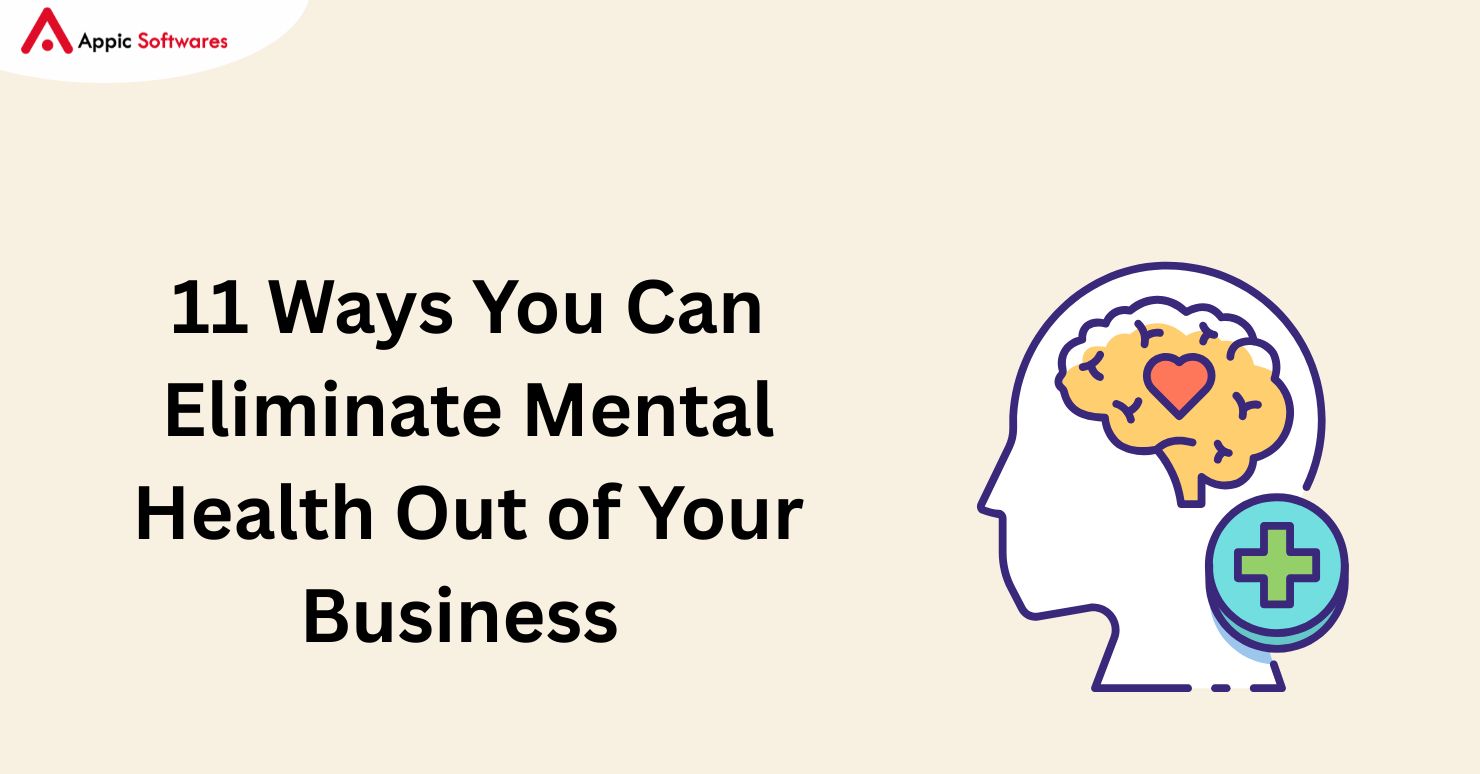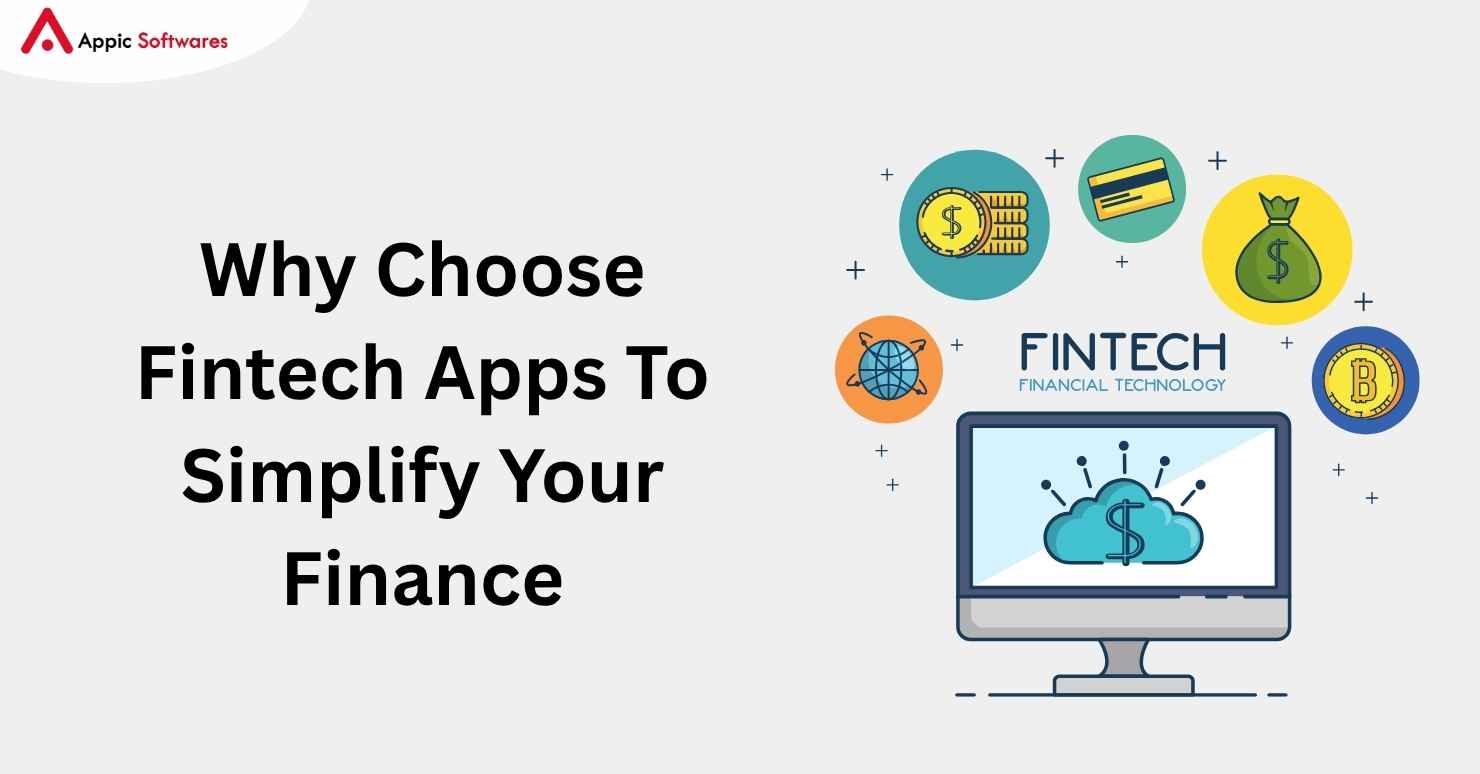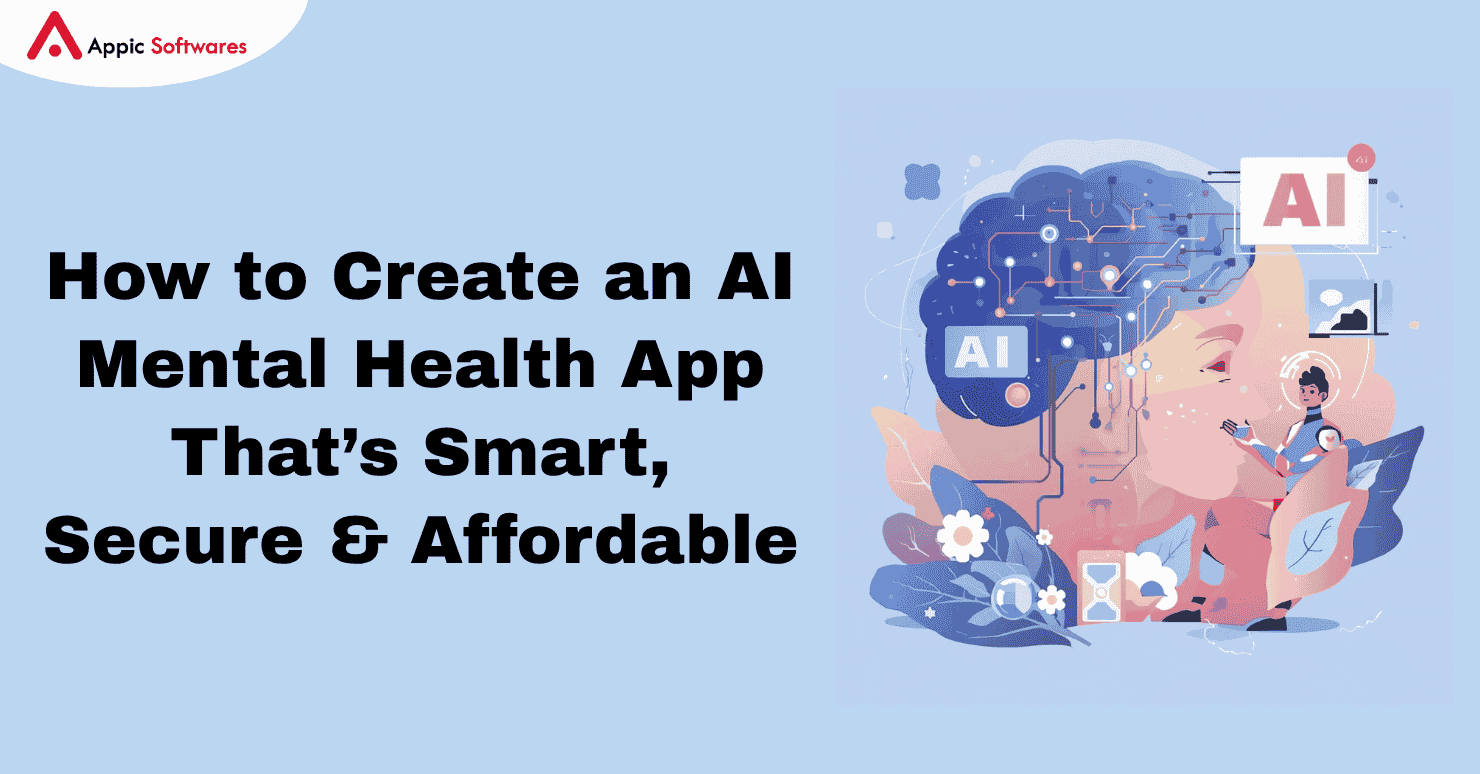
You know that feeling on a Sunday night—the knot in your stomach when you think about the overflowing emails and nonstop meetings waiting on Monday? Most of us have been there. Now imagine your entire workforce feeling that way every single week. That’s not just “Monday Blues.” It’s a loud warning sign that your workplace culture is draining people and leading to burnout.
For years, companies tried to fix this with surface-level wellness tactics—like pizza parties or generic workshops—but we all know those don’t solve real mental health challenges. The surprising twist? The solution might be hiding in the same screens we blame for stress. With the right AI-powered mental health solutions and support systems built by a trusted Healthcare app development company, organizations can finally create workplaces that protect well-being instead of exhausting people. It’s not sci-fi—it’s the new reality.
Let’s Be Real: The Importance of Mental Health in Business Success
Look, this isn’t just about feelings and being nice. It’s about your business actually succeeding. When your team is stressed, anxious, or completely fried, what do you think happens?
Creativity just dies. Productivity falls off a cliff. Mistakes start popping up everywhere. And your best people? They start quietly updating their LinkedIn profiles, looking for an escape hatch.
Ignoring the mental health of your team is like ignoring the check engine light in your car. Sure, you can pretend it’s not there and keep driving for a little while, but eventually, you’re gonna find yourself broken down on the side of the road. Putting money and effort into your team’s well-being isn’t a “nice-to-have” perk; it’s a core business strategy. It’s pretty simple: happy, healthy people do better work.
Okay, So How Can Technology Help? A Look at AI in Mental Health
I know what you’re probably thinking. “AI? For feelings? Isn’t that a little… creepy?” Honestly, I get it. At first, it totally sounds like something out of a weird sci-fi movie.
But try to think of it less like a robot therapist and more like a super-smart, super-discreet assistant. The whole point of AI healthcare development in this space isn’t to replace human connection. It’s to help us spot the patterns we’d normally miss, offer up resources at the exact moment someone needs them, and make support accessible to everybody, not just the few people who feel brave enough to ask for it. It’s about using data to be more human, not less.
Let’s get into what this actually looks like.
11 Practical Ways to Support Your Team (And Your Business)
1. Ditch the Guesswork with AI-Powered Mood Trackers
Instead of that once-a-year survey where everyone just clicks “fine,” what if you had a real-time pulse on how your team is actually doing? Simple, anonymous apps can let people log their mood in two seconds. Over time, AI can spot trends. Is morale always in the toilet after a big project launch? Do people feel the most stress on Wednesdays? This isn’t about spying on people, I promise. It’s about seeing the invisible problems before they blow up.
2. Offer On-Demand Help with Mental Health Software
Life doesn’t stick to a 9-to-5 schedule. A panic attack can hit at 2 AM. A wave of stress can wash over you on a Sunday afternoon. Giving your team access to mental health software with things like guided meditations, cognitive behavioral therapy exercises, or even just a chatbot for immediate support can be an absolute lifeline for someone who isn’t ready or able to talk to a person just yet.
3. Create Employee Wellbeing Programs That Don’t Suck
Let’s be honest, one-size-fits-all wellness programs are kind of a joke. The marathon runner on your team doesn’t need the same support as the new parent who’s barely sleeping. AI can help personalize employee wellbeing programs by suggesting articles, workshops, or resources based on what an individual says their goals and stress points are. It makes the support feel like it was made for them, not for a faceless employee.
4. Actually Enforce Work-Life Balance Tips
We all talk a big game about work-life balance, but then we turn around and send emails at 10 PM. Smart tools can be our conscience. I mean, think about AI-powered calendar assistants that flag when you’re over-scheduled or project management software that visually warns you when a team’s workload is hitting a dangerous level. It’s about using tech to enforce the boundaries we claim to want.
5. Proactively Start Managing Team Burnout with Analytics
Burnout doesn’t just happen one day; it’s a slow fade. AI can look at anonymized data, like how many hours people are working, how much vacation time is being used (or not used), and even communication patterns, to predict which teams are heading for a cliff. This lets you step in and start managing team burnout before people start handing in their resignations.
6. Build a Genuinely Healthy Work Environment with Anonymous Feedback
A lot of people are just plain terrified to tell their boss what’s really wrong with the company culture. An AI-powered platform can create a safe space for truly anonymous, constructive feedback. It can even analyze the general feeling and key themes from comments to give leadership a clear, unbiased picture of what’s going on. That’s a massive step toward creating a healthy work environment.
7. Gamify Wellness with Fun Corporate Wellness Programs Ideas
Please, no more boring step challenges. But what about a gamified app that gives teams points for taking real breaks, meditating for five minutes, or hitting a daily water goal? You can get super creative with these corporate wellness program ideas. The key is making it a fun, collaborative thing instead of another chore from HR.
8. Connect People to Real Pros with HIPAA Compliant App Development
Okay, this one is huge. If you’re going to handle any kind of health information, even simple mood check-ins, it absolutely, positively must be secure and private. Working with a developer that gets HIPAA Compliant App Development isn’t just a good idea—it’s non-negotiable. This is what builds the trust your employees need to even consider using these tools.
Think of it this way: HIPAA compliance is the digital Fort Knox for your team’s most personal info. You wouldn’t leave their medical files sitting out on your desk, right? So don’t leave their digital health data exposed.
9. Boost Employee Engagement and Mental Health with AI Tutors
You know what’s incredibly stressful? Feeling like you don’t know how to do your job. Low confidence is a massive trigger for anxiety. Offering access to AI-powered learning platforms that help people master new software or build new skills can be a huge confidence booster. Better skills mean less stress, and that directly impacts employee engagement and mental health.
10. Automate the Soul-Crushing Grunt Work
I’m serious. How much of our daily stress comes from boring, repetitive tasks? Expense reports, manual data entry, scheduling meetings… It’s a total drag. Using AI and automation to take that stuff off your team’s plate frees up their brainpower for the creative, strategic work that actually makes them feel good about their job. Less grunt work equals more happiness. It’s that simple.
11. Find the Right Partner: Why a Specialized Healthcare App Development Company Is Key
You wouldn’t ask your accountant to fix your car’s transmission. The same principle applies here. Building effective, secure, and genuinely helpful mental health tech is a real specialty. You need a Healthcare App Development Company that understands the tricky details of privacy, user experience for sensitive topics, and all the tech behind it. They know the traps to avoid and can guide you to a solution that actually helps, instead of accidentally creating more problems.
So, What’s the Real Takeaway?
Let’s be real, technology isn’t some magic fix for a bad work culture. You still have to do the hard stuff: lead with empathy, set fair goals, and treat people like people.
What AI and smart software can do, though, is make that job a lot easier. With the right app development, you can get tools that help you spot problems early and give your team the kind of support they actually need, privately and at scale. It’s not about replacing the human touch; it’s about using tech to strengthen it.
The real question isn’t whether you can afford to invest in these tools; it’s whether you can afford not to. So, what’s one small thing you can try this week?
FAQs
1. What is AI in mental health, really?
Honestly, it’s just using smart software to help with mental well-being. It’s definitely not a robot therapist trying to read your mind. Think of it more like apps that can notice your mood patterns over time, suggest personalized meditations when you log high stress, or connect you to resources right when you need them. It’s all about making support easier to get and smarter.
2. Why is HIPAA-compliant app development so important for this?
Because we’re talking about some of the most private information a person has. HIPAA is a US law that sets the gold standard for protecting sensitive health data. If your app isn’t HIPAA compliant, you’re risking horrifying data breaches, massive fines, and completely torching any trust your employees have in you. It’s the absolute bare minimum.
3. Can mental health software actually replace a human therapist?
Nope. Not even close. And it shouldn’t try to. The best mental health software is more like a “first step” or a “support tool.” It’s perfect for people who aren’t quite ready for therapy, need some help between sessions, or just want to work on their day-to-day mental fitness. It’s one tool in the toolbox, not the whole toolbox.
4. What are some simple corporate wellness program ideas to start with?
Start super small! You could use a simple app to host a company-wide “hydration challenge” or a “5-minute daily mindfulness” goal. Another easy win is offering a company subscription to a top-rated app like Calm or Headspace. The trick is to make it easy and totally low-pressure.
5. How does this all tie into creating a healthy work environment?
Creating a healthy work environment means showing your team you care with actions, not just empty words in an email. Bringing in tools like these is a real, tangible action. It sends a message: “We see that you’re human, we value your wellbeing, and we are investing our money to give you resources to thrive.” That gesture alone can start to shift the entire culture.
Related Blogs:
Cost Of HIPAA Compliant App Development
AI Healthcare Development: Use Cases, Examples & Insights








